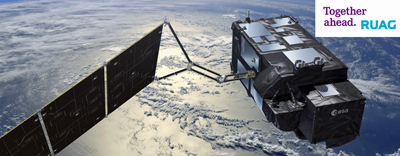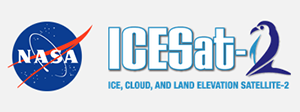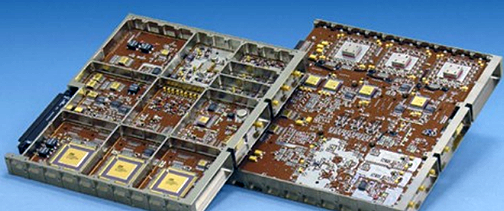

NASA's Ice, Cloud and land Elevation Satellite (ICESat-2) successfully launched on Saturday, September 15, from Vandenberg Air Force Base in California and the Earth Observation (EO) satellite was assisted by RUAG Space Global Navigation Satellite System (GNSS) Receivers that will help to determine the satellite’s position in orbit — the satellite was connected to the United Launch Alliance (ULA) Delta II rocket with a RUAG Space Payload Adapter.

RUAG Space Navigation Signal Generation Unit.
The RUAG Space GNSS navigation receivers allows ICESat-2 to maintain its position down to a critical few centimeters, giving the satellite’s multi-beam laser system the ability to precisely measure the thickness of ice layers. The mission of ICESat-2 is to measure how glaciers, ice sheets, and sea ice are changing, and how those changes impact people and their environments around the globe.
In addition to the navigation receivers and other electronics parts, RUAG Space also built the adapter between the satellite and the launcher. The RUAG Space payload adapter system ensured that the payload — in this case, ICESat-2 — was safely connected to the rocket during launch and then successfully separated from the launcher. ICESat-2 launched on ULA’s Delta II rocket built in Decatur, Alabama.
RUAG Space produced the navigation system and payload adapter for Northrop Grumman, who developed and built ICESat-2 for NASA.
Executive Comment
Peter Guggenbach, the CEO of RUAG Space, commented that RUAG Space was proud to supply these crucial products for this important NASA Earth Observation project. The company looks forward to being a significant part of another NASA mission as RUAG Space continues to engage in new opportunities to expand the firm's footprint in the U.S. space market.

